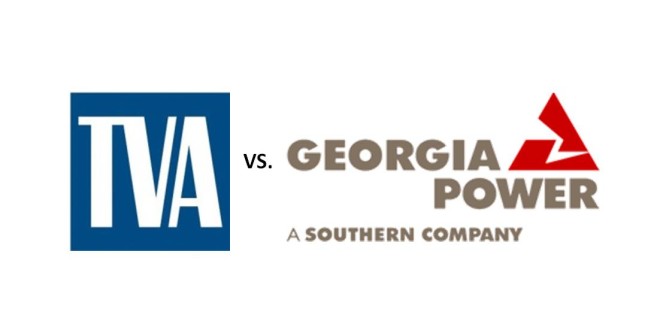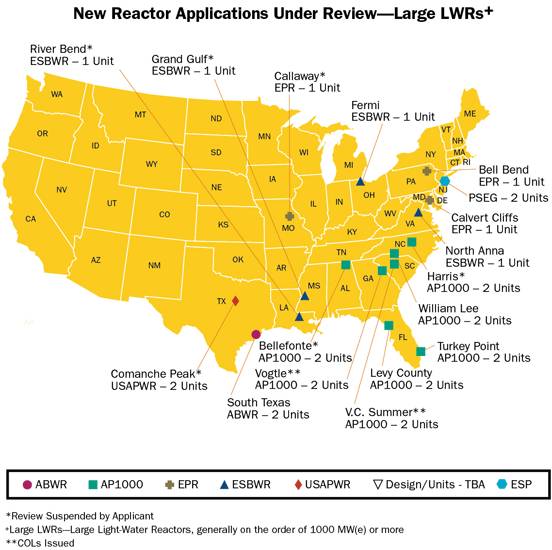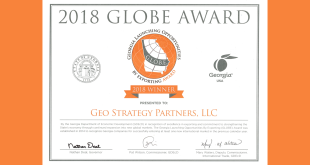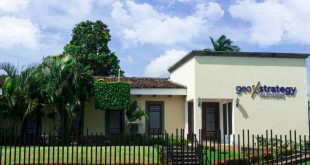There’s another contest in the offing. In the race to commission the first nuclear plant in this century, Tennessee Valley Authority is whomping Southern Company’s Georgia Power. According to Forbes [http://www.forbes.com/sites/jamesconca/2014/09/17/first-american-nuke-plant-in-21st-century-to-open-soon/], TVA’s Watts Bar 2 is “now over 90% completed, after the fully assembled reactor vessel was installed in August.” WB2 got Westinghouse’s AP1000: the same model slated for Georgia Power’s Plant Vogtle units 3 and 4, but in-service dates for the two nuclear units have been moved out to December 2017 and December 2018. TVA already generates more power from nuclear than any other fuel:
| Today | Coal | Natural gas | Nuclear | Hydro |
| TVA | 43% | 9% | 36% | 12% |
| Southern Co. | 38% | 42% | 16% | 4% |
Why is AP1000 the unit of choice? In discussions with Westinghouse several years ago, we learned the market is embracing standardization of nuclear plants for a number of reasons. First and foremost is safety; close behind is economies of scale. Westinghouse markets the AP1000 PWR (pressurized water reactor) as “the safest and most economical nuclear power plant available in the worldwide commercial marketplace.”
Adding nuclear units in the wake of Fukushima
China is a bigger fan of nuclear power than the US: China needs power and can’t handle additional environmental degradation from coal generation. Greenfield nuclear power plants are being built in China at an unprecedented rate. In 2001, nuclear represented only 1% of China’s installed capacity of 1100 GW, coal represented 69%. By 2040, US EIA estimates coal will represent 52% and nuclear will grow to 7% of an installed capacity that doubles China’s 2011 capacity.
Unlike China, the US has plentiful natural gas- and has been readily exploiting it. Geo Strategy Partners has studied conversion of coal plants to natural gas, as well as the construction of natural gas peakers – plants that run only when there is high demand (peak demand) for electricity. Natural gas, unfortunately, is a fossil fuel burdened by environmental impacts associated with extraction (especially fracking), transportation, and combustion. At the end of the day, nuclear is cleaner. It is much harder to get nuclear plants permitted, however- hence the applications for additional units at existing nuclear plants rather than greenfield plants. While nuclear power units are added primarily to deliver reliable power that doesn’t pollute our air, because nuclear power plants employ lots of people, they are also employment powerhouses. We learned in a PPE study of power generation in the US and Europe two years ago that redundancy of engineering and operations personnel along with additional security personnel makes nuclear power plants exceptionally good neighbors in their communities from a job creation perspective. On top of fulltime employees, the swarm of contractors employed during refueling, non-refueling and other planned maintenance outages means more jobs. It’s a nuclear-driven powerhouse of economic goodness. Southeast and Mid Atlantic is over-represented on the planned nuclear plant list.
My birth state (MN) is slightly more reliant on coal than my adopted state (GA). Forty-six percent of the electricity generated in Minnesota came from coal-fired electric power plants in 2013; most of that coal was delivered by rail from Montana and Wyoming. That’s just fine as long as you can get rail cars… Whoops, you can’t. Minnesota Power recently made the decision to idle four coal-fired units totaling 250 MW for 3 months in an attempt to accumulate an adequate coal supply for winter: railcar shortages are to blame. Minnesota is a fabulous place to enjoy the wintery outdoors, as long as there’s heat and hot chocolate following.
Nancy Musselwhite is Senior Consultant of Geo Strategy Partners, a B2B/Industrial focused market research and Strategy consulting firm.
 GeoCache Where you are… Where you need to be… How you get there
GeoCache Where you are… Where you need to be… How you get there








